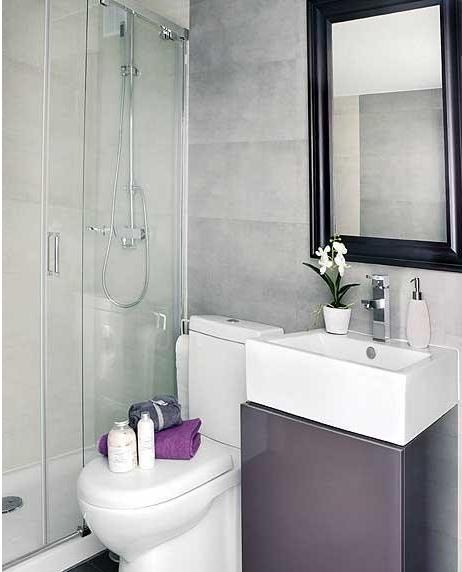You will need
- - plastic panels;
- rail;
- - profile corner / starting / finishing;
- - the plinth ceiling;
- - suspensions;
- - instrument.
Instruction
1
Measure your toilet. You will need the following dimensions: height, length, width. While measuring, consider all the available ledges, areas around the door. To close communications, calculate the optimal size of the boxes.
2
Calculate the amount of materials that you will need for finishing the toilet. In commercially available plastic panels with a width of 0.25 m and 0.375 m. If the walls of your toilet are not smooth enough, buy a dry rack 10×50 mm for installation of the framework. Don't forget to purchase a starter and a finishing profile, internal and external corners, ceiling moldings and corners to him. All this buy with a small margin.
3
Treat rail one of the compounds that protect wood from fungus and mold. After the rail is dry, start to mount the frame. To saw the rail into segments corresponding to the horizontal size of the wall. On each wall, attach four strips. The slats are mounted parallel to the floor and to each other, with a distance of 0.5 m between them. For installation use the dowel-nails.
4
Decide where you prefer to start sheathing the frame panels. Starting cut or corner profile (depends on location) to the desired size. Fasten it to the frame with staples or small screws. Use the level from the correct installation of the starting element, much depends. Cut the panel to size and until it stops, insert it into the starting profile. Stapler mount the bar to the rails. Subsequent panels are mounted in the same way.
5
Perform cutting of panels, before installation, pre-measuring again the height. Not excluded significant differences. Holes for plumbing and ventilation hatch cut out with a sharp knife.
6
Engage in the installation of the ceiling. Its installation differs only in the method of mounting the frame. Frame of light bars of small cross section or profile ceiling mounted to direct suspensions. It allows you to adjust the height of the ceiling to accommodate it lights. Holes are also cut with a knife. The edges of the ceiling leave small gaps, they will allow you to insert the ceiling tiles.
7
Use a frameless method of toilet cladding panels, if you are the proud owner of a toilet with smooth walls. In this case, the panels are fixed directly to the wall. Choose the most suitable option for you: construction adhesive "liquid nails" for panels or dowel-nails. Otherwise all steps are the same as described above.
Note
The choice of slats for the frame due to its small thickness, which affects the final size of the toilet room.
